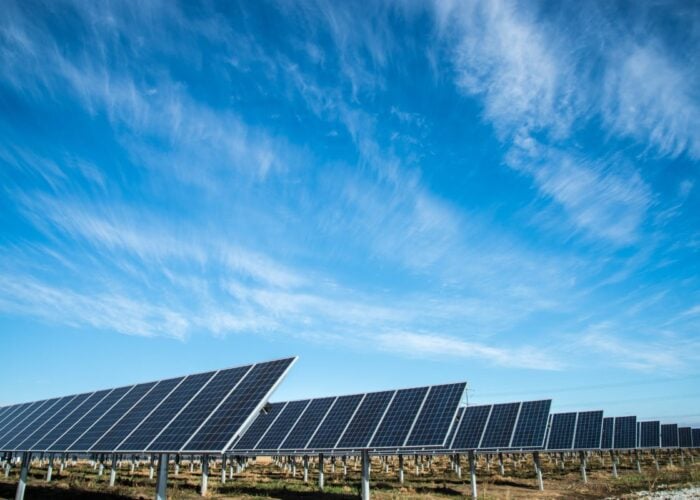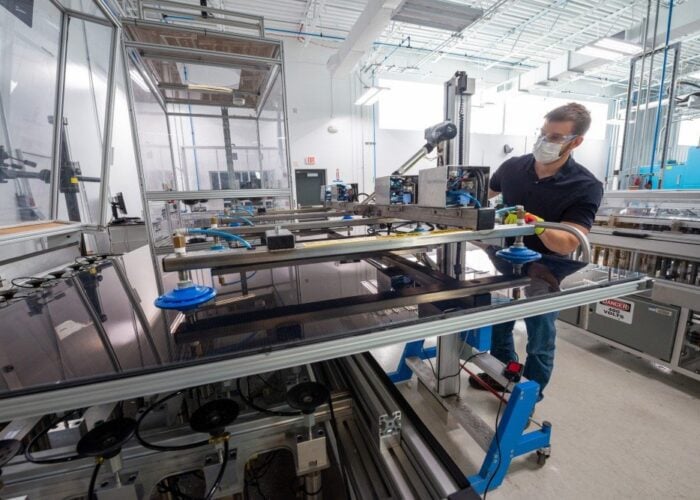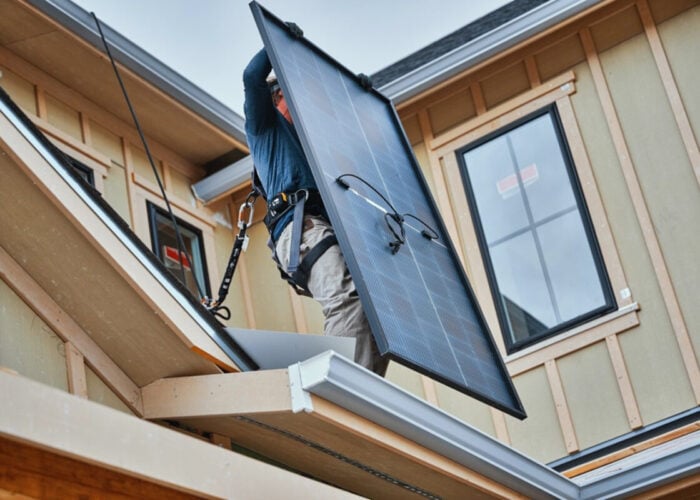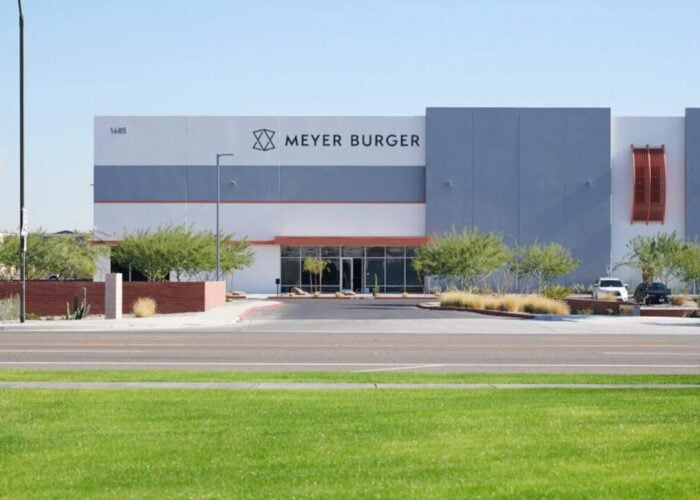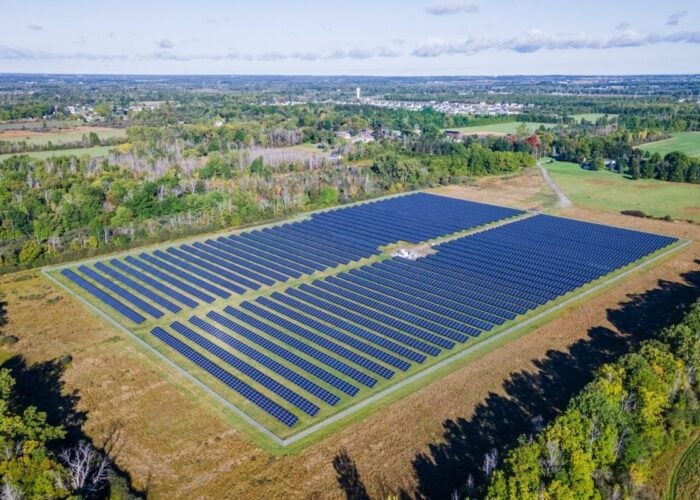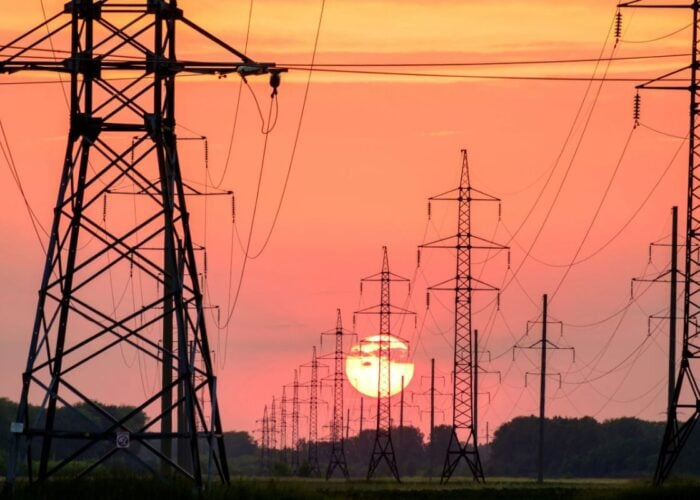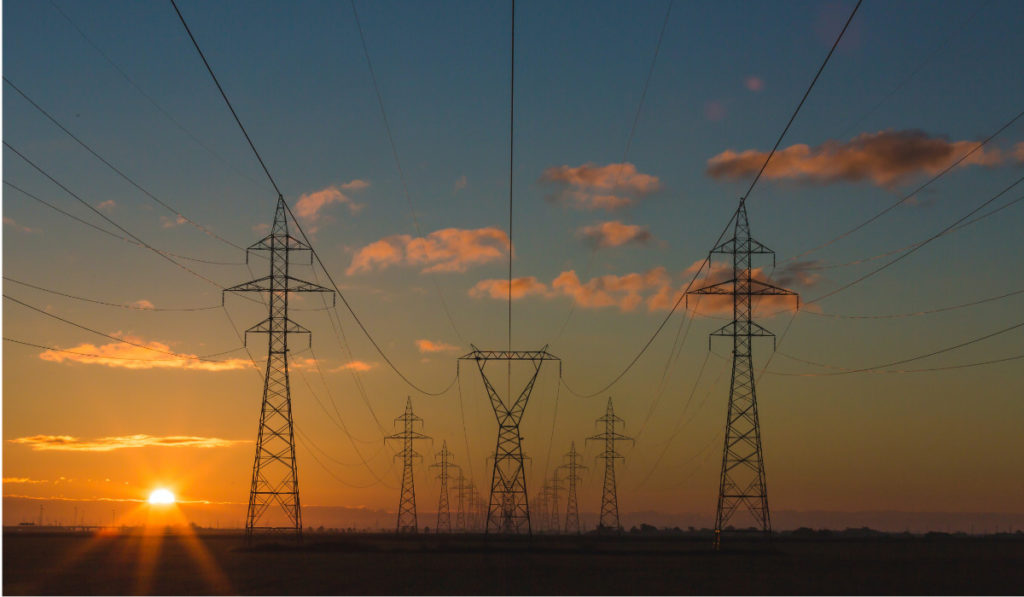
The Interstate Renewable Energy Council (IREC) has published an updated model rules that aims to accelerate and facilitate the interconnection of distributed resources to the grid.
In its latest Model Interconnection Procedures, IREC has highlighted the best practices for interconnection in the US to allow for more efficient and cost-effective project development as grid connectivity issues continue to rise.
Unlock unlimited access for 12 whole months of distinctive global analysis
Photovoltaics International is now included.
- Regular insight and analysis of the industry’s biggest developments
- In-depth interviews with the industry’s leading figures
- Unlimited digital access to the PV Tech Power journal catalogue
- Unlimited digital access to the Photovoltaics International journal catalogue
- Access to more than 1,000 technical papers
- Discounts on Solar Media’s portfolio of events, in-person and virtual
One of the areas that needs urgent updates to state interconnection rules is its alignment with technical standards. Among them is the standard that governs the capabilities of renewable energy technologies that are incorporated into the grid, which requires the use of smart inverters certified by the Institute of Electrical and Electronics Engineers’ IEEE Standard 1547-2018.
“IEEE 1547-2018 created a new paradigm for utilities and states to navigate. Many states have been slow to begin adopting the standard, but IREC has helped create best practices over the course of working on adoption with several leading states,” said Brian Lydic, IREC chief regulatory engineer.
“The model procedures give a great reference point to states seeking to adopt the standard, reflecting necessary procedural steps that may not otherwise be apparent when reviewing the technical aspects.”
In many states, interconnection has become the single most challenging aspect of clean energy development with more than 1TW of solar PV awaiting connectivity at the end of 2022 across the US. For instance, the Electric Reliability Council of Texas (ERCOT) needs to upgrade its transmission grid to avoid any future curtailments as installed solar PV and wind generation capacity could double by 2035. Other states have allocated billions of dollars to upgrade its transmission grid, with New York investing US$4.4 billion towards this purpose which would allow for 3.5GW of new renewable capacity.
Demand has increased to the point that utilities now face an extremely high volume of applications for distributed energy resources (DERs) – rooftop solar installations, community solar and battery storage among others – projects seeking to interconnect to an already saturated grid.
States with a high volume of renewable applications, regulators and stakeholders are faced with new challenges such as delays in studies or increased costs in upgrading the distribution system to accommodate new projects. If the costs are not distributed fairly, parts of the grid could be exposed to a lack of new development due to its high costs.
These obstacles will more likely affect low-income and disadvantaged communities, as they already face higher difficulties in shifting towards clean energy access, according to IREC.
“All too often, outdated state interconnection rules are slowing down the deployment of DERs like solar and battery storage that are critical to the fight against climate change,” said Larry Sherwood, IREC president and CEO. “IREC’s updated Model Interconnection Procedures provide a roadmap for utility regulators to streamline the process and encourage the rapid deployment of clean energy, including in underserved communities that face greater obstacles to its use.”
As utilities are faced with an increased growth of projects requesting grid connectivity, outdated rules that do not tailor renewable resources and the latest best practices to integrate them into the grid can further delay for several months or even years a project getting online.
The document can be accessed on IREC’s website here.
| PV Tech publisher Solar Media is hosting the 10th Solar and Storage Finance USA conference, 7-8 November 2023 at the New Yorker Hotel, New York. Topics ranging from the Inflation Reduction Act to optimising asset revenues, the financing landscape in 2023 and much more will be discussed. See the official site for more details. |

